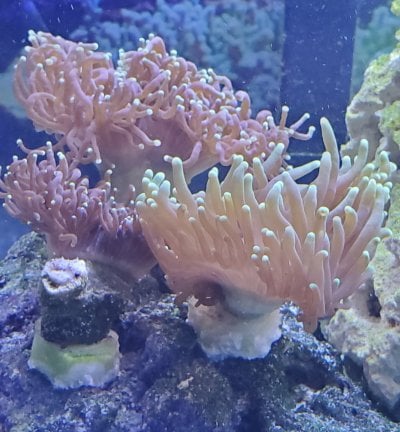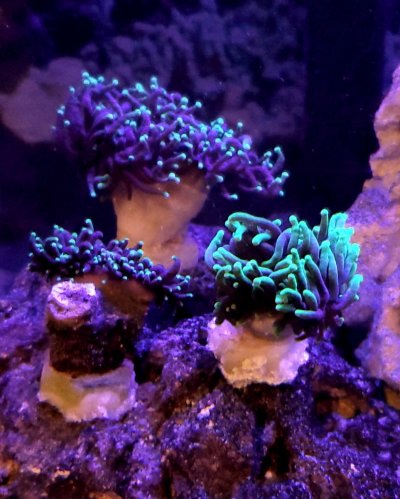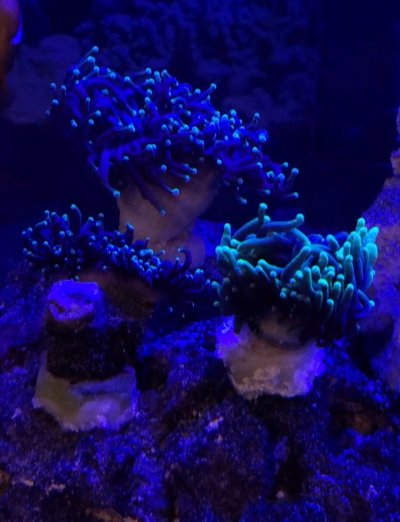Hey guys,
So my torch corals have been fine up until about 3 days ago when one side of one of my torches completely closed up and it looks like only the skeleton is there. I was also told that it could be splitting but I've never experienced that so I'm not too sure.
What do you guys think? What can I do in this situation? All my other corals in the tank are doing fine, fully opened and thriving. This is the only one I've had something like this happen to.

So my torch corals have been fine up until about 3 days ago when one side of one of my torches completely closed up and it looks like only the skeleton is there. I was also told that it could be splitting but I've never experienced that so I'm not too sure.
What do you guys think? What can I do in this situation? All my other corals in the tank are doing fine, fully opened and thriving. This is the only one I've had something like this happen to.






















